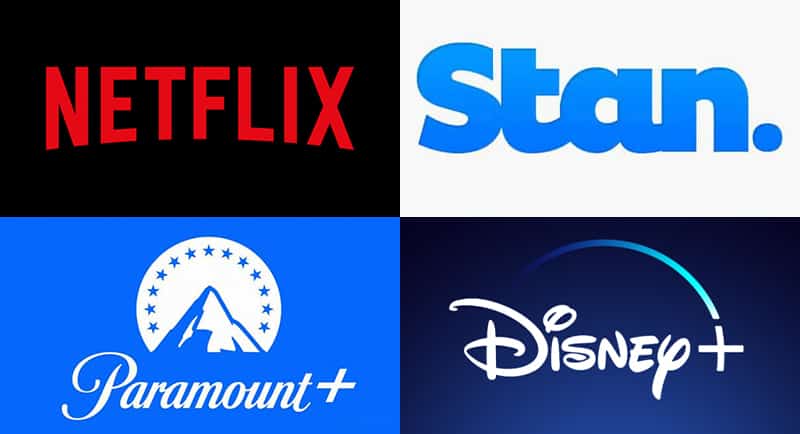Monday was a big day for the media, arts and entertainment.
Among a whole host of other announcements – including a crackdown on sexual misconduct and bullying in the wider arts sector – the arts minister, Tony Burke, revealed streamers will soon be subject to local content obligations.
It’s something the screen sector has long argued for, contending that Australia’s producers, content houses, culture and economy need local stories, locally made.
The streamers, such as Netflix, Disney+ and Prime Video, meanwhile, have largely rallied against this call.
They argue they don’t need quotas, obligations or legislation. They make Australian stories because Australians want to consume them and will pay for them. Plus, they potentially have mass global appeal. So the business case is already there. Why compel them to do something they’re already doing, they’ve said, while ominously warning about the “unintended consequences” of such actions.
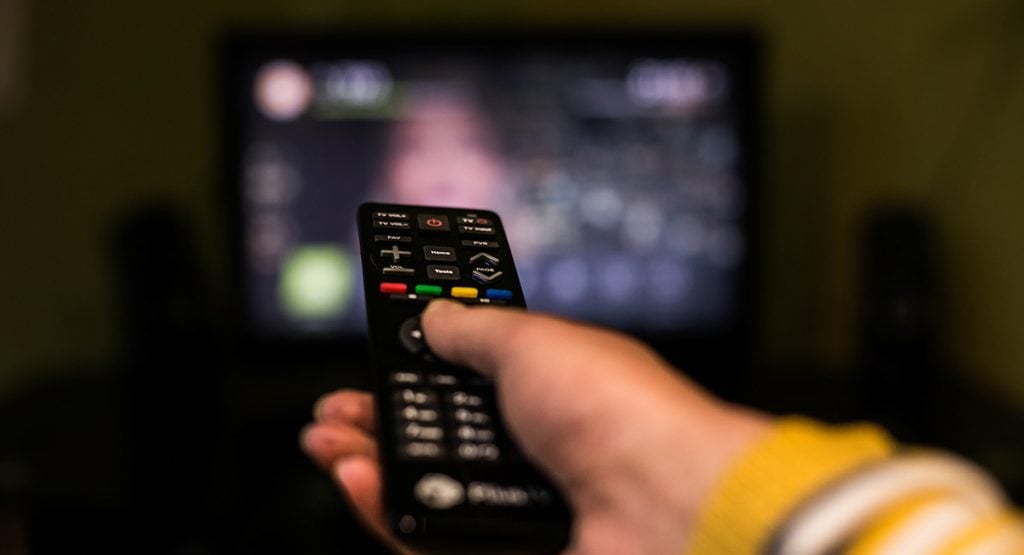
Back in July, I wrote about how we were at a tipping point for Australian stories.
“Australian stories have become the key battleground for everything from media to politics,” I said at the time.
“Who gets to tell them? Who funds them? What legislation should we have around them (quotas anyone)? And what economic role do our narratives play in keeping content creators afloat and our national story alive?”
And now we’re past the tipping point. The change is here.
By July this year, Burke and the Albanese Labor Government say they will introduce legislation to Parliament, which will compel online content streamers to meet certain thresholds for local content production. The following July, in 2024, Burke expects these requirements to take effect.
Aside from the timeline, however, details are light-on in terms of what will be required from the streamers, what would qualify as a local production and what the consequences would be should one of the companies go astray.
It does appear that the Government has some areas of focus though.
“The Government has committed to take the necessary action so that Australians continue to be able to see and hear quality home‑grown content, regardless of which platform they are using. It is important that streaming services invest in key genres, including children’s content, scripted drama and documentaries,” the Revive policy document says.
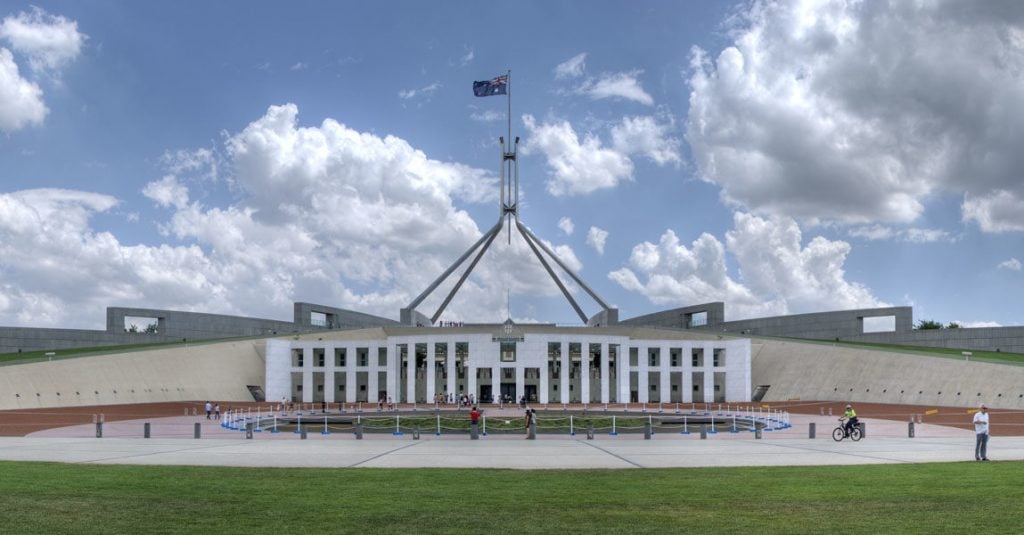
The Make It Australian campaign made up of Screen Producers Australia (SPA), the Australian Writers’ Guild, Media Entertainment and Arts Alliance (MEAA) and Australian Directors’ Guild, already have some ideas around numbers already though.
Their proposal is that major streaming platforms spend 20% of their local revenue on new Australian drama, documentary and children’s content and that fair terms of trade be instituted to enable the development of local IP.
Consultation with the industry begins “in earnest” now, Burke said, so I wonder what each company will advocate and agitate for, both officially and behind the scenes?
The primary industry body for producers, SPA, will no doubt fight for something concrete, enforceable and with strict definitions. It has long fought for local content quotas for the streamers, and was seemingly thrilled over the weekend when the news started emerging.
“If done right, this will not only secure our industry, but also mark the start of a cultural resurgence in bringing Australian screen stories to audiences here and abroad. That is an incredible legacy to build for the nation,” SPA CEO, Matthew Deaner, said.
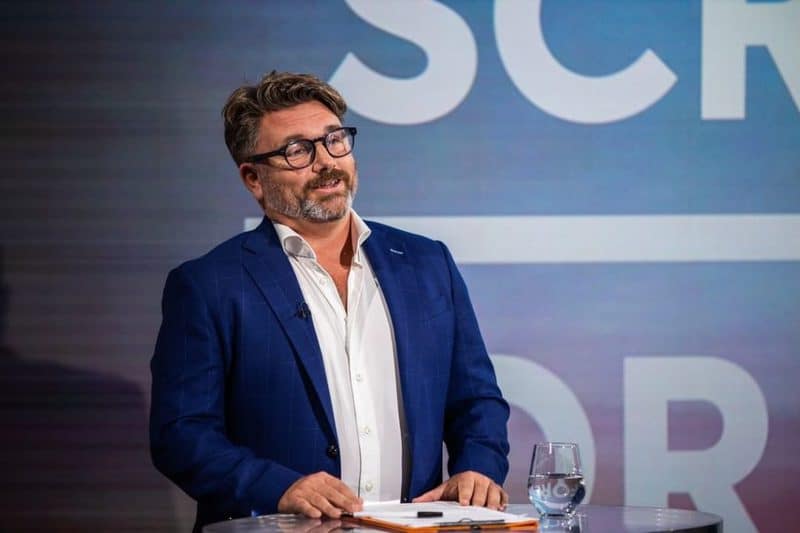
Matthew Deaner
But what will the streamers lobby for?
It seems too late for them to issue vague threats about “unintended consequences”, so would any of them actually be so bold as to protest and leave the market? Or will they instead focus on some of the more intricate details which could be up for debate – such as whether international productions with a mixed crew, but filmed in Australia, would fall under the definition of “local”, or how the quotas will be calculated.
Those who are commenting – and many at this stage aren’t – are remaining as vague and positive as possible for now.
Netflix said: “Netflix’s position is clear: we don’t oppose regulation, but do want it to be sustainable, equitable and evidence-based. We look forward to positive consultation with the Government on Revive to shape media regulation that creates good outcomes for Australian storytellers and audiences, and will continue to see our many home-grown films and shows enjoyed here and around the world.”
The Foxtel Group said: “With a long history of bringing critically acclaimed Australian stories to the screen, we remain a committed local champion. The Foxtel Group is currently regulated under a legislated pay TV drama spend obligation and unlike other broadcasters who also own a streaming service, Foxtel does not purchase or commission additional content for its streaming services. Our model is to acquire and commission Australian content and distribute that content across both Foxtel and Binge.
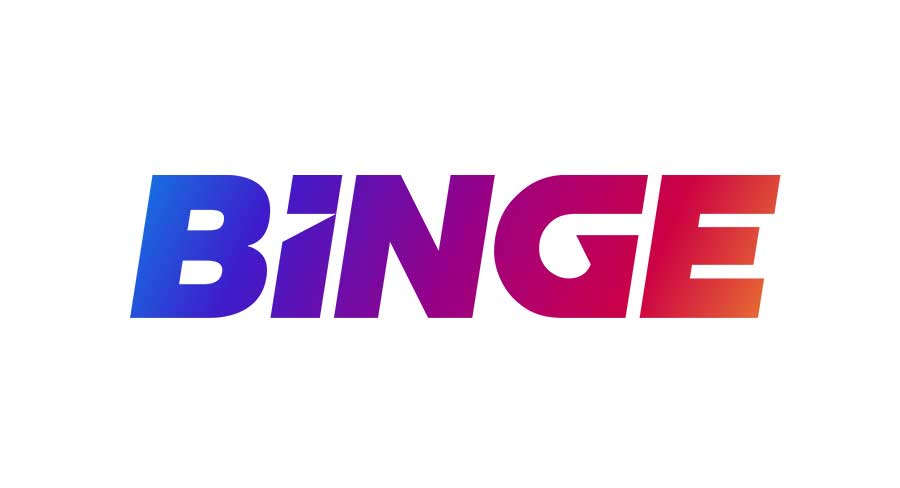
“Every year, the Foxtel Group makes a substantial contribution to the Australian economy as a significant player in the local production and dissemination of high-quality Australian stories. This contribution extends beyond Australian drama to other popular genres including lifestyle, factual and news, creating valuable Australian jobs in the creative industry.
“We have a number of new Australian productions launching in 2023 including Season 2 of the award-winning series Love Me, the return of Rockwiz to the screen and many more. We look forward to continuing to work closely with the Government in the coming months as part of the consultation process.”
Paramount ANZ, owner of streaming service Paramount+ and TV’s Network 10, said: “Paramount ANZ is already one of the largest investors in Australian content across all its platforms including free-to-air, BVOD, pay TV and streaming service Paramount+.
“Since the launch of Paramount+ in August 2021, we have invested in and commissioned 19 Australian programs across a variety of genres. We are proud of the fact that we have commissioned more local content than any other streaming service within the same timeframe. We love telling Australian stories and working with talented local creatives and our audiences both here and abroad embrace the content we produce right here in Australia.
“Paramount ANZ looks forward to continuing its discussions with the Government regarding how best to support the ongoing development of Australian content in a way that is achievable and sustainable for the local screen production sector and supports the diverse tastes of all our audiences.”
And Nine Entertainment the owner of both the Nine Network and streamer Stan, is thus far the only one putting an executive’s name to their reaction.
“We appreciate the Government outlining its timetable, and we look forward to participating in the consultation process to help ensure an appropriate outcome is reached,” CEO Mike Sneesby said.

Mike Sneesby
Amazon’s Prime Video, meanwhile, wouldn’t officially comment, but did point to its numerous local productions in recent years, including Luxe Listings, LOL: Last One Laughing Australia, The Test and Back to the Rafters.
Whatever happens next, it could be a game-changer for the economics of content production in Australia.
As the policy document states: “There is an increasing consumer trend away from broadcast and subscription television services to online subscription content. In 2020–21, for the first time, Australians were more likely to have watched an online subscription service than live or recorded free‑to‑air television. The Australian subscription video on-demand market grew nearly 50% in 2021, with estimated total earnings exceeding $2.4 billion.”
And that’s something worth fighting for.
